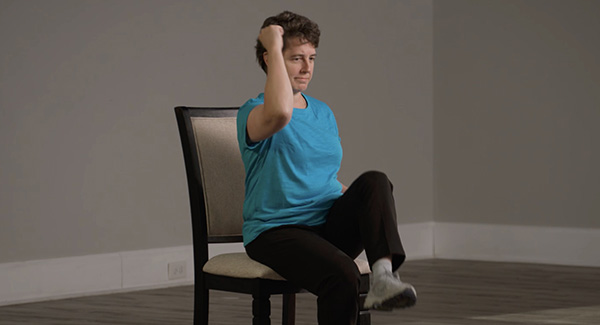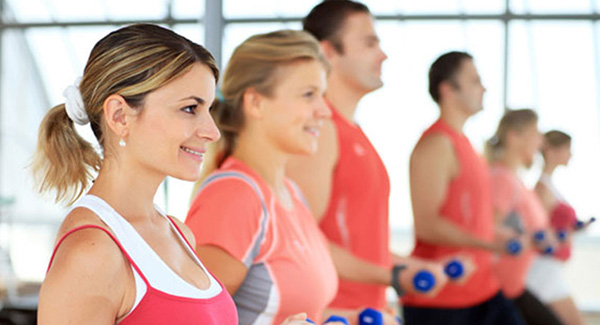High-intensity Exercise and Rheumatoid Arthritis
Learn how strength and cardio training can be beneficial for RA patients by boosting mood and energy.
By Lissa Poirot
For people with rheumatoid arthritis (RA), exercise – namely high-intensity exercise, such as running or jogging – was considered a no-no for many years. But studies suggest it may be OK – even beneficial – to go for it. With a little motivation, some guidance from your doctor and these tips in mind, you may be on your way to feeling better.
RA and Exercise Research
“My research shows that people who participated in high-intensity exercise, such as sports, jogging or strength training, at least twice a week, improved in daily functioning and mood,” says Zuzana de Jong-Strakova, MD, PhD, rheumatologist and researcher at Leiden University Medical Center in the Netherlands.
Her research also found that high-intensity exercise did not speed up the rate of joint damage. In fact, for the minority of patients who did experience rapid progression of damage, the culprit was more aggressive disease activity. “There is a group of patients who have progressive damage, whatever they do,” says Dr. de Jong-Strakova.
Exercise Tips for RA
Ready to ramp it up? The first thing you should do is talk to your doctor. After that, use common sense, says Dallas rheumatologist Scott Zashin, MD. Here are few tips to get you going:
Evaluate the location of affected joints. “If you have no damage to the weight-bearing joints, there would be no reason you couldn’t participate in high-intensity exercise, such as aerobics or jogging,” Dr. Zashin says. “If you have damage in the lower extremities, then no jogging or hard aerobics. If it’s in the upper extremities, exercise that involves these joints, such as boxing and heavy weight lifting, could pose a problem.”
Exercise slowly at first. Stephanie Siegrist, MD, an orthopaedic surgeon in private practice in Rochester, New York, says the key to sticking with high-intensity workouts is knowing when to pick up the pace. “Start with a basic level of fitness that incorporates strength, endurance and flexibility, such as walking, and then work your way up. When it becomes easy, then it’s OK to kick it up a notch to see how your body responds,” she says.
Listen to your joints. “Adjust your workout to accommodate your body,” Dr. Siegrist says. “If you take a spinning class and it hurts when standing on the pedals, sit – but keep pedaling. By modifying your activities, you can do the things you want to do.”

Stay in the Know. Live in the Yes.
Get involved with the arthritis community. Tell us a little about yourself and, based on your interests, you’ll receive emails packed with the latest information and resources to live your best life and connect with others.


